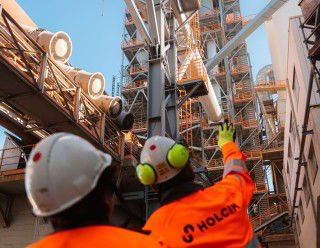Following approval by the government on 9 June, Vietnam has formally announced the pilot phase of an emissions trading scheme aimed at encouraging the cement, steel and thermal power sectors to cut the amount of CO2 produced, the government said.
In the first phase of the scheme, which is expected to run from 2025-29, Vietnam's steel, cement and thermal power producers that exceed their emissions quotas will be forced to buy allowances to cover their carbon dioxide intensity, which is the amount of CO2 generated per unit of output, according to a decree issued by the government.
Following the formal launch of the scheme in August, the first emission allowances for 2025-26 should be allocated by the end of this year and companies will be allowed to offset up to 30 per cent of their emissions by buying credits from low-carbon projects at home or overseas.
The measure is expected to cover around half of the country's total CO2 emissions during the first phase. In a second phase the ETS will be expanded to other sectors, such as commercial buildings and freight transportation.
However, Vietnam's national carbon registry system is still under development and the official trading platform has yet to be announced, raising concerns about the pilot programme's effectiveness. Industry stakeholders have also said that the programme's oversight and implementation could also be affected by the emissions allowance allocation process is coordinated across multiple ministries and therefore differs from the single-agency approach used in most other countries.
While the pilot programme may have limited impact on emissions reduction in the short term, there is long-term potential for carbon trading to become a key tool in the country's decarbonisation strategy, according to Mai Duong, analyst at carbon market research company, Veyt.
